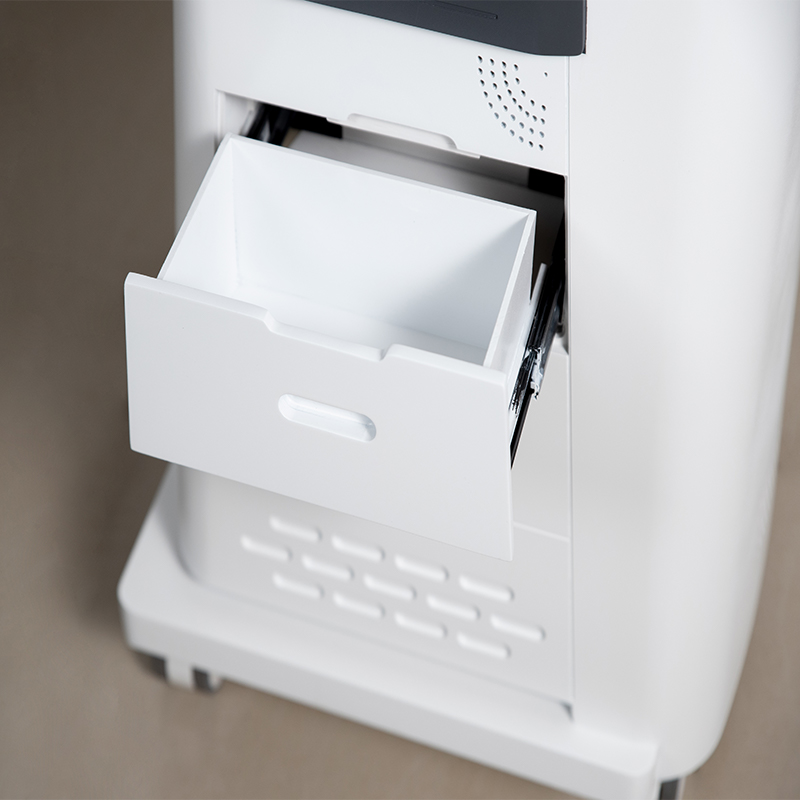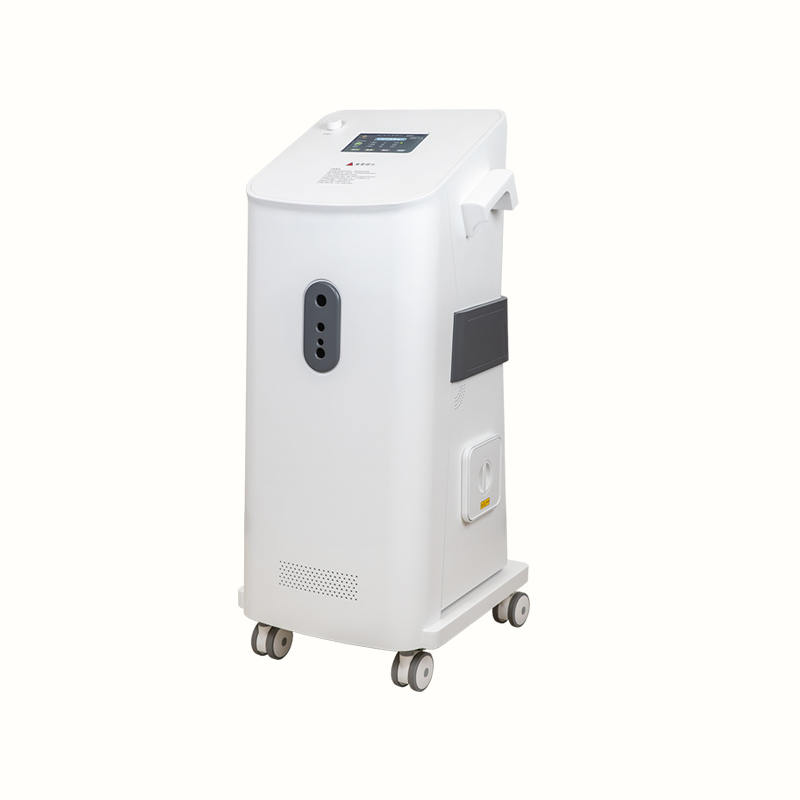Internal Disinfection of Anesthesia Machine: Ensuring Safe and Effective Patient Care
Importance of Internal Disinfection
Internal disinfection of anesthesia machines helps in preventing the transmission of harmful microorganisms between patients. Anesthesia circuits, breathing tubes, and other components of the machine can become contaminated with bacteria, viruses, and fungi during use. Failure to adequately disinfect these internal surfaces can lead to healthcare-associated infections and compromise patient safety. Therefore, regular and effective disinfection is crucial to ensure the overall well-being of patients undergoing anesthesia.
Key Steps in the Disinfection Process
1. Pre-cleaning: Before the disinfection process begins, all reusable items such as breathing circuits, face masks, and reservoir bags should be pre-cleaned to remove visible soiling and organic debris. This step is vital as disinfection is most effective on clean surfaces.
2. Disassembly: The anesthesia machine should be properly disassembled to access all the internal components that require disinfection. The disassembly process may vary depending on the specific model and manufacturer's instructions.
3. Surface Disinfection: The internal surfaces of the anesthesia machine, including valves, flow meters, vaporizers, and hoses, should be disinfected using an appropriate disinfectant solution. It is crucial to follow the manufacturer's recommendations regarding the compatibility of disinfectants with the machine's components.
4. Rinse and Dry: After the disinfection process is complete, all surfaces should be thoroughly rinsed with sterile water or an appropriate rinsing agent to remove any residual disinfectant. Proper drying should be ensured to prevent the growth of microorganisms.
Maintenance and Adherence to Guidelines
Regular maintenance of anesthesia machines is essential to ensure their efficient functioning and longevity. It is crucial to adhere to the manufacturer's guidelines for cleaning, disinfection, and maintenance. Healthcare institutions should develop standard operating procedures (SOPs) for the internal disinfection process and provide comprehensive training to healthcare professionals involved in the use and maintenance of anesthesia machines.
Conclusion
Internal disinfection of anesthesia machines is a critical aspect of patient safety and infection control. Proper disinfection techniques, including pre-cleaning, disassembly, surface disinfection, rinsing, and drying, should be followed to minimize the risk of healthcare-associated infections. Regular maintenance and adherence to guidelines play a vital role in ensuring safe and effective patient care. By prioritizing internal disinfection, healthcare professionals can contribute to a clean and hygienic environment for patients undergoing anesthesia.

